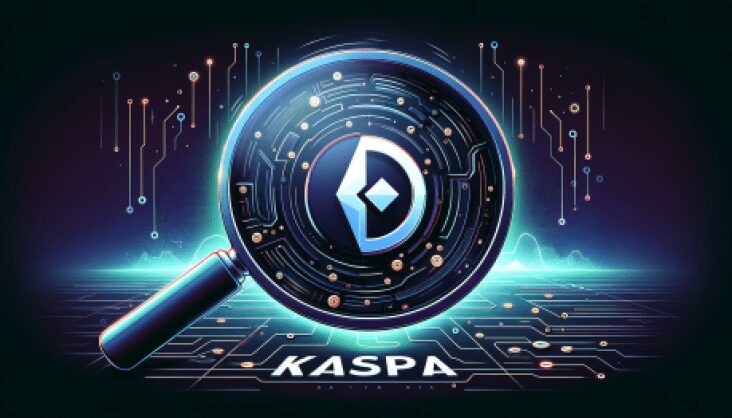The Kaspa (KAS) blockchain is a decentralized, open-source, and scalable Layer-1 solution often referred to as “Bitcoin 2.0” or “the next Bitcoin.” However, Kaspa is unique in its own way despite functioning very similarly to Bitcoin. Just like Bitcoin, Kaspa is a proof of work (PoW) cryptocurrency, but unlike other traditional blockchains, Kaspa implemented the GHOSTDAG protocol.
This protocol is unique in the fact that it does not have orphan blocks created in parallel. Rather, it allows them to coexist and orders them in consensus. This makes Kaspa the first of its kind to do this, with the blockDAG (Block Directed Acyclic Graph) protocol being a generalization of Nakamoto’s consensus.
The Founder And The Team Behind The Kaspa (KAS) Network
The founder of Kaspa is Yonatan Sompolinsky, a Ph.D. in Computer Science at Havard University and a member of the Maximal extractable value (MEV) research team. He was also in Ethereum’s whitepaper and rumored to be in Ripple’s whitepaper as well.
Sompolinsky had direct input in creating Ethereum’s technology design, having designed the GHOSTDAG protocol earlier. Interestingly, the founder’s 2013 paper on the GHOSTDAG protocol is cited in Ethereum’s whitepaper.
The development team is made up of very talented individuals such as Cryptography Researcher Elichai Turkel, Doctoral student Shai Wyborski, Developer Ori Newman, Master of Computer Science Michael Sutton, and Developer Mike Zak. They have all contributed to the implementation and ongoing development of the Kaspa blockchain network.
Differences And Similarities Between Kaspa (KAS) And Bitcoin (BTC)
At the very base of its technology, Kaspa is very similar to the Bitcoin network in the way it’s structured. Some of these similarities are outlined below:
- Utility: Bitcoin is a Layer 1 blockchain solution that functions as a store of value, often referred to as digital gold, functioning as a peer-to-peer cryptocurrency. Likewise, Kaspa is a Layer 1 solution purported to be a store of value and functioning as peer-to-peer cash.
- Limited Total supply: Bitcoin has a maximum total supply of 21 million BTC to be ever mined, meaning new coins can never be created after all of these coins are mined. In a similar fashion, Kaspa has a maximum total supply of 28.7 billion coins, with a little over 22.5 billion in circulation.
- Halving Events: Both Kaspa and Bitcoin undergo halving, which slashes the block rewards…
Click Here to Read the Full Original Article at NewsBTC…
























